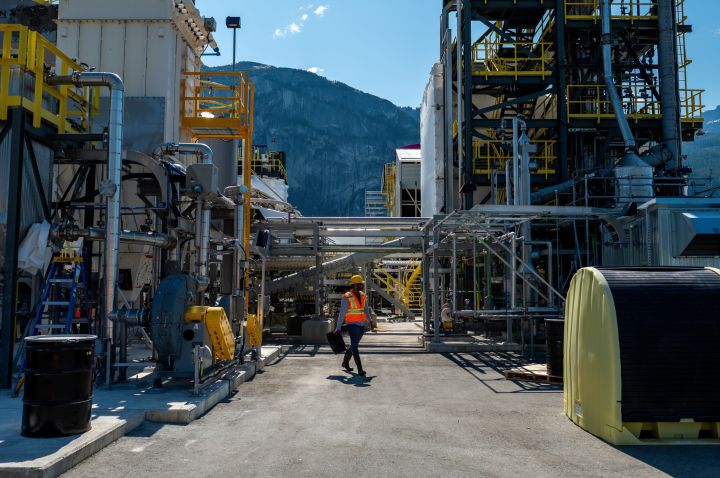Business Maverick
Biden’s Climate Law Will Supercharge Emerging Green Tech Globally

In addition to supercharging the US solar, wind and EV industries in the near term, incentives in President Joe Biden’s landmark climate law are paving the way for still-nascent technologies to help bring down global greenhouse gas emissions in decades to come.
The impact could be more substantial outside the US toward the end of the century, as the costs of these technologies fall. By the period 2080 to 2100, the incentives would drive somewhere from 401 million to 847 million metric tons of CO2 abatement each year on average in the rest of the world. That’s “on par with the impact” of the whole IRA in the year 2030, the report notes. Rhodium has estimated the carbon emissions reductions brought by the IRA in 2030 at 660 million metric tons.
For every ton of CO2 avoided in the US thanks to these IRA incentives, on Rhodium’s model, another 2.4 to 2.9 tons of emissions would be reduced in the rest of the world.
Read More: Removing Carbon From the Air Enters Its Awkward Teen Years
To arrive at its estimates, Rhodium applied a model it developed with Breakthrough Energy and that it is continuing to refine. It uses an economy-wide carbon price pegged to the US government’s current social cost of carbon as a proxy for the future climate policy landscape. In other countries, that price is scaled by per capita GDP. The uncertainty of future policy is a limitation of this approach, as the report notes — more ambitious policies would yield bigger reductions, and less ambitious policies, smaller ones.
Unlike wind and solar energy and electric vehicles, the technologies analyzed in the model are still relatively new and not yet ready to be deployed at scale. They are being developed for industries such as shipping and aviation that are difficult to decarbonize because they can’t be easily electrified. The analysis assumes that the categories themselves — rather than any one particular company or solution — will produce technologies deployable on a large scale after 2030.
Read More: The World Can’t Tackle the Climate Crisis Without New Technologies
The early-stage climate tech incentives in the IRA, which have received less attention than those for more mature technologies, include the enhanced 45Q tax credit for direct air capture and the 45V tax credit for clean hydrogen.
“This is almost a one-time, by-accident, small, unremarked portion of the IRA that is doing this,” said Kate Larsen, a Rhodium Group partner. “Think about the scale of global emission reductions that would happen if we’re all investing in the technologies that we need.”
Rhodium says it hopes to use the framework to demonstrate to policymakers that investments are needed now to spur future development. Larsen cited solar power in the early 2000s as an example: “If we had known back then how important getting cheap solar would be for the world, we might have invested a little bit more in it,” she said. “We’re trying to learn that lesson now by applying that to the technologies we’re going to need to scale.”
Many studies of climate policy impacts use 2030 or 2050 as a marker. The first year is when the Biden administration aims to have cut US emissions in half and the second is the Paris Agreement’s milestone for achieving net zero.
“No one is really focused on 2030 to 2050,” said Larsen. “It’s this hard-to-imagine section of the timeline, and that’s really important to get ahead of.”


















Comments - Please login in order to comment.